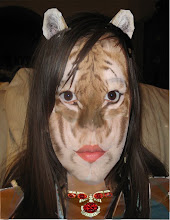Scientific study suggests that the continental movements are caused by the movement of the tectonic plates, parts of the lithospheric crust and above, floating on the asthenosphere; being partially molten has a slow current allowing the tectonic plates to move. There are eight major plates and many smaller ones. Where two plates meet is called a plate boundary, where most earthquakes occur. There are three types of boundaries; transform boundaries, where plates rub against one another, divergent boundaries, where the plates move apart and new crust can be created. Lastly, there are convergent boundaries. At these boundaries the plates move towards one another and can result in one being subducted under the other. The denser oceanic plates usually are the ones subducted. The melting of the subducted plate causes gasses to be released thereby forcing hot magma and gasses up through the cracks in the Earth causing volcanoes and fishers. This is the most likely cause of the Ring of Fire in the Pacific.
The continents have also been formed by the movement of the tectonic plates. There were also supercontinents, containing all of or most of the continents. Probably the most well known supercontinent is Pangaea, but there are others. Rodinia is the oldest known supercontinent, but it broke up in to eight pieces. Later on those eight pieces came back together and formed Pangaea. Pangaea lated broke in to two supercontinents known as Laurasia and Gondwana, which broke up in to the continents we know today
